Monday, June 1st: Mad Scientist Day!
Show & Share: Wear a silly hat (or create your own mad scientist hat).
We will be making volcanoes!
Materials Needed:
*Please have all materials pre-measured out. (thank you)
**Each child will be doing their own experiment 1 at a time.
-1 pan (deep)
-1 plastic cup
-1 spoon
-Water (approx 2 cups)
-4-6 Tablespoons (at least) Baking Soda
-1 tsp dish soap
-1 cup (8oz) vinegar (per eruption) (*we will be doing 1 , but in case your child would like to do more)
-Food coloring (your child’s choice of color)
-½ fill your pan w/ soil or pebbles (we will be making a mountain with this inside your pan- to hold your cup).
-Smock
-Table covering (it could get messy)
-Paper towels
(In case you would like to look at the activity ahead of time: Google: Easy Baking Soda & Vinegar Volcano Eruption For Kids).
Tuesday, June 2nd: Beach Day with a special picnic snack.
Wear to our Meeting Something that you would wear to the beach (ie sun hats, sunglasses, etc.) Bring a snack that you can nibble on and a beach towel if you would like.
Show & Share: Bring something you would take to the beach.
We will be playing a memory game: Going on a picnic. We will also be reading books about summer.
Wednesday, June 3rd: Sports and Games
We will be playing basketball. We will be using rolled up socks as our ball and a basket you that you have on hand (ie. laundry or waste basket, or a pail/bucket). We will also be playing a game of Alphabet Bingo! : )
Materials Needed: Basketball
-5 rolled up socks
-A bucket or basket of some sort (make sure that the sock ball can fit inside of it).
Materials Needed: Bingo
-Please bring a sheet of paper with 10 alphabet letters (any 10 letters) written on it.
-10 coins or objects (ie. torn up pieces of paper, acorns, buttons, cereal, etc).
Show & Share: Wear your sports gear
Thursday, June 4th: “We Did It” Talent Show Day!
Today is our Talent Show! Come show us your hidden talents! :)
Show & Share: We will be having a House scavenger hunt!
* This is a special day to celebrate everyone and their talents! Think of something you want to show your friends. It could be a dance or a picture you have made or even some magic tricks! Maybe you have an instrument you like to play or some funny jokes! It's up to you!!
Show & Share: Wear a silly hat (or create your own mad scientist hat).
We will be making volcanoes!
Materials Needed:
*Please have all materials pre-measured out. (thank you)
**Each child will be doing their own experiment 1 at a time.
-1 pan (deep)
-1 plastic cup
-1 spoon
-Water (approx 2 cups)
-4-6 Tablespoons (at least) Baking Soda
-1 tsp dish soap
-1 cup (8oz) vinegar (per eruption) (*we will be doing 1 , but in case your child would like to do more)
-Food coloring (your child’s choice of color)
-½ fill your pan w/ soil or pebbles (we will be making a mountain with this inside your pan- to hold your cup).
-Smock
-Table covering (it could get messy)
-Paper towels
(In case you would like to look at the activity ahead of time: Google: Easy Baking Soda & Vinegar Volcano Eruption For Kids).
Tuesday, June 2nd: Beach Day with a special picnic snack.
Wear to our Meeting Something that you would wear to the beach (ie sun hats, sunglasses, etc.) Bring a snack that you can nibble on and a beach towel if you would like.
Show & Share: Bring something you would take to the beach.
We will be playing a memory game: Going on a picnic. We will also be reading books about summer.
Wednesday, June 3rd: Sports and Games
We will be playing basketball. We will be using rolled up socks as our ball and a basket you that you have on hand (ie. laundry or waste basket, or a pail/bucket). We will also be playing a game of Alphabet Bingo! : )
Materials Needed: Basketball
-5 rolled up socks
-A bucket or basket of some sort (make sure that the sock ball can fit inside of it).
Materials Needed: Bingo
-Please bring a sheet of paper with 10 alphabet letters (any 10 letters) written on it.
-10 coins or objects (ie. torn up pieces of paper, acorns, buttons, cereal, etc).
Show & Share: Wear your sports gear
Thursday, June 4th: “We Did It” Talent Show Day!
Today is our Talent Show! Come show us your hidden talents! :)
Show & Share: We will be having a House scavenger hunt!
* This is a special day to celebrate everyone and their talents! Think of something you want to show your friends. It could be a dance or a picture you have made or even some magic tricks! Maybe you have an instrument you like to play or some funny jokes! It's up to you!!
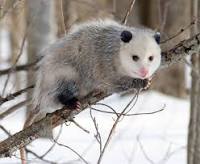
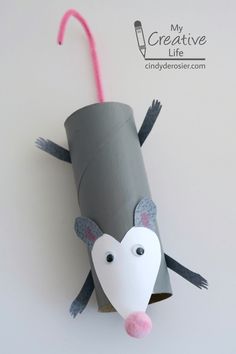
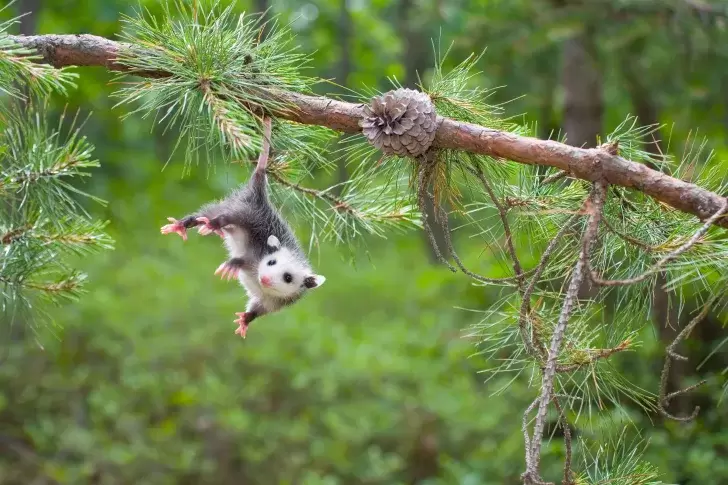
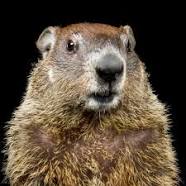
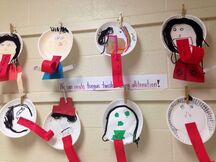
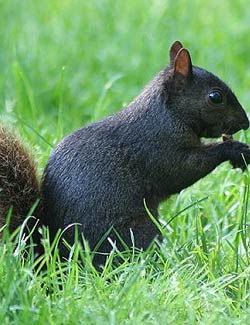

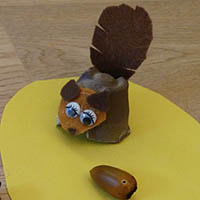

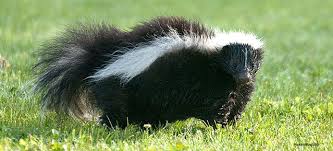
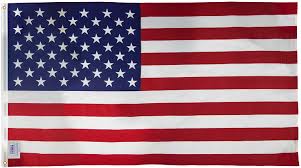
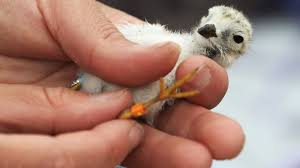
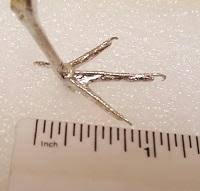
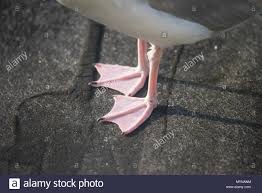
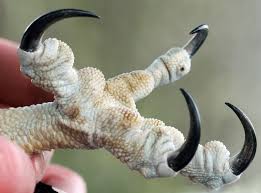
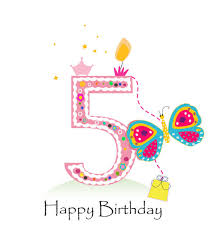
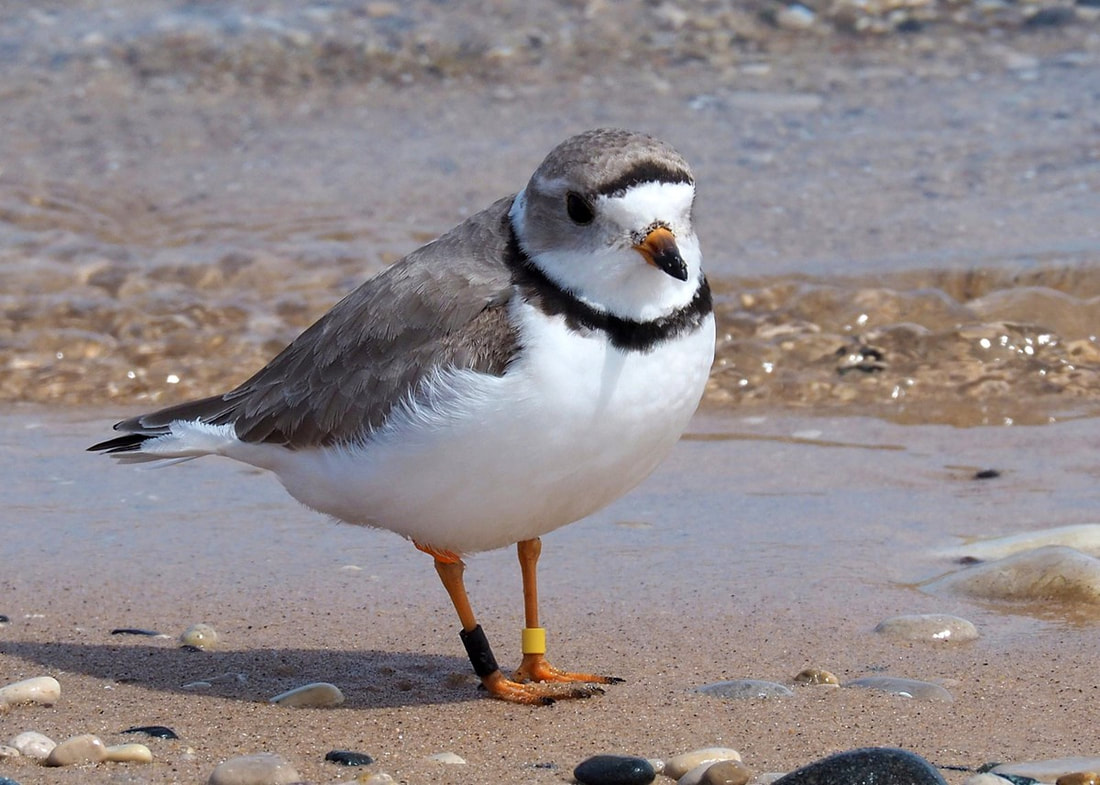
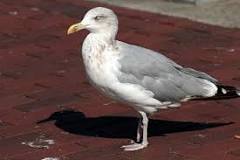
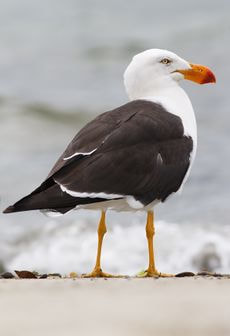
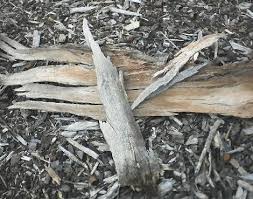
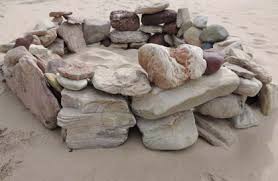
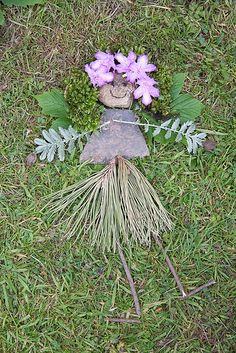
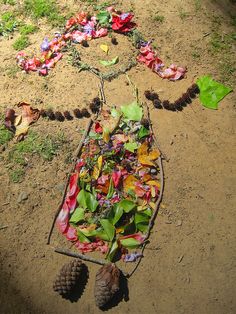
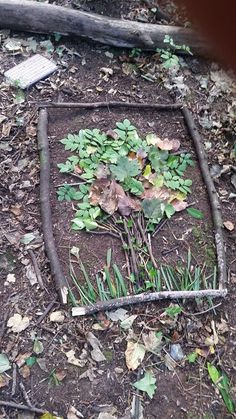

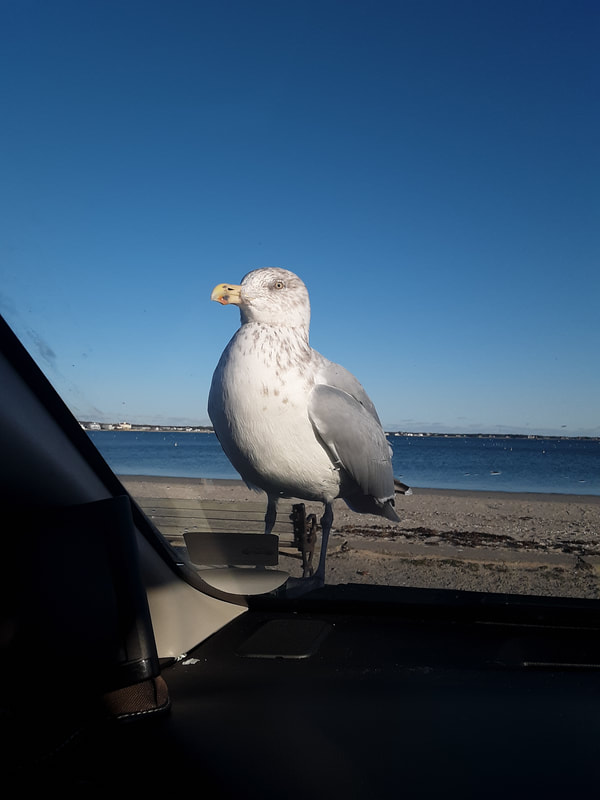
 RSS Feed
RSS Feed
